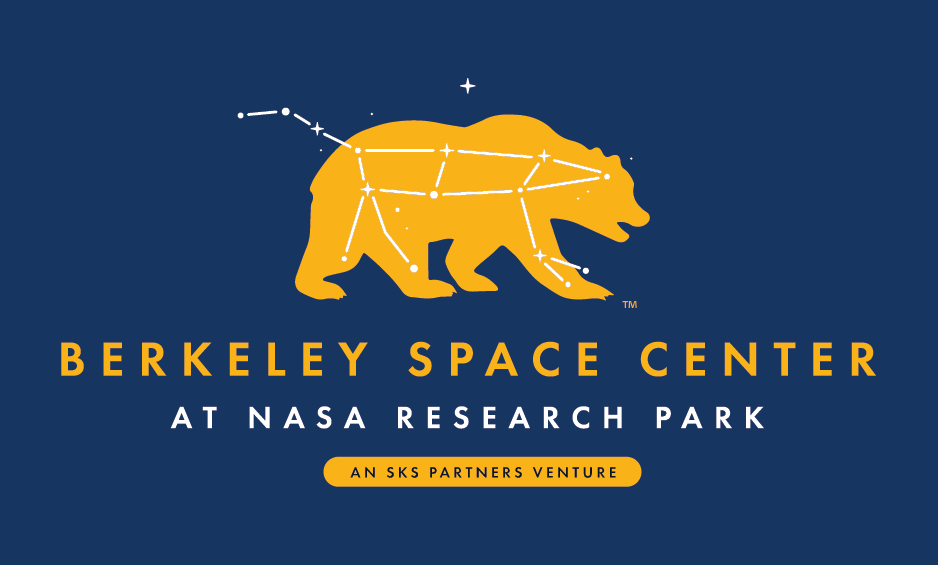Campus Conversations: Excitement grows for Berkeley Space Center

Field Operations and HOK
November 20, 2023
In the month since UC Berkeley announced an unprecedented partnership with NASA’s Ames Research Center to establish a research park and campus outpost at Moffett Field on the edge of Silicon Valley, the phones haven’t stopped ringing.
The campus is receiving eight to 10 calls a day, not only from excited faculty, staff, students and alumni, but also venture capital firms, startups, NGOs and individuals wanting to help make it a reality.
Three leaders of the project — Chancellor Carol Christ, founder and executive director of the Moffett Field Project Darek DeFreece, and associate provost for Moffett Field program development Alexandre Bayen — met in a virtual event on Nov. 17 to discuss the transformational promise of the Berkeley Space Center.
“The time was right,” said DeFreece. “We are kind of in the zeitgeist of a moment with the romanticism of space, but there is a lot of innovation and entrepreneurship happening around this topic, as well. And it’s not about space or aerospace in general, it’s everything from quantum computing to robotics to drone technology to advanced aviation to energy. We are in a certain moment when our society is really rewarding people to take on risk.”
NASA has been looking for a risk-taking partner at the Moffett Field site in Mountain View for many years, but the last effort to develop a UC outpost there, spearheaded by UC Santa Cruz, failed. In 2019, then-UC President Janet Napolitano asked Christ if Berkeley was interested in developing a piece of land at Moffett Field for both a research park and academic programs.
“I thought that was an incredibly intriguing opportunity,” Christ said. “So I asked the campus and got a resounding, ‘Yes!'”
Gordon Rausser, namesake of the Rausser College of Natural Resources, former dean of the college and an entrepreneur in his own right, chaired a campus committee to look into the prospects for extending Berkeley’s footprint into Silicon Valley. Christ and others envisioned a campus partnership like the one that led to the blossoming of Lawrence Berkeley National Laboratory.
DeFreece came aboard, got people around campus excited about the project and found a developer, SKS Partners, to join Berkeley in developing the research park as a hub for collaboration, both academic and research, with industry and the federal government.
“Similar to LBNL, we are creating an ecosystem in which we can co-locate UC Berkeley teams, private sector teams and NASA teams around a variety of topics that go far beyond space; that include aviation, quantum computing, planetary sciences, biology, health and many others,” Bayen said.
Christ noted that the campus’s financial investment in the project is negligible. The financial risk is being taken by SKS, which will bring in partners to build out the 36-acre site to around 1.4 million square feet.
“The risk is held by SKS partners,” Christ said. “We are giving access to an amazing parcel of land and our reputation.”
Income from these leases will support campus research and teaching programs at the site, perhaps someday supporting as many as 300 students in labs, internships and other learning environments. Now that the partnership deal with NASA is signed, the campus is looking for partners and ideas that serve UC’s main missions: teaching, research and service.
“We have a general container for this project, 36 acres, we have a design, which I love, for the campus, but now we have to do the hard work of figuring out what goes in those buildings and what are the best ways we can use this incredible resource that has come to the Berkeley campus for the benefit of the Berkeley campus,” Christ added. “It’s very much a time for ideas.”
